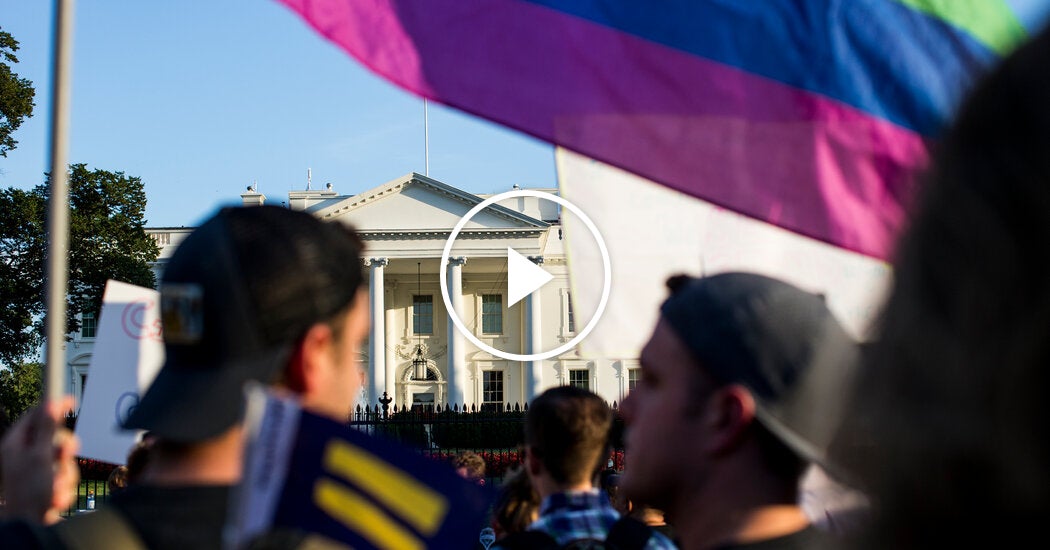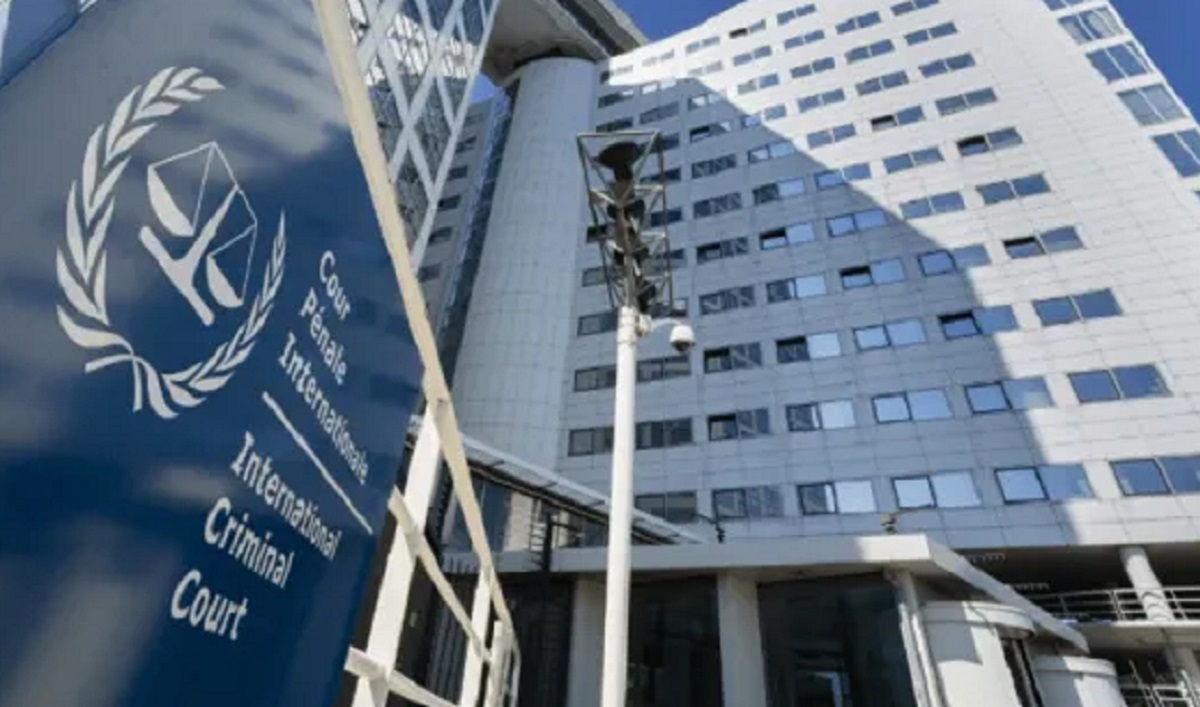Understanding Trump's Transgender Military Ban: Separating Fact From Fiction

Table of Contents
The Policy's Genesis: Understanding the Rationale Behind the Ban
The stated reasons behind Trump's transgender military ban were multifaceted and often intertwined. The administration cited concerns about the cost of healthcare for transgender service members, potential disruptions to unit cohesion and combat readiness, and the perceived need for a clear and unambiguous policy on gender identity within the armed forces.
-
Healthcare Costs: Claims regarding exorbitant healthcare costs associated with transgender service members were frequently cited. However, studies conducted by organizations like the RAND Corporation challenged these claims, suggesting that the actual costs were relatively modest and manageable within the context of the overall military healthcare budget. These studies highlighted the fact that many transgender individuals already served openly and discreetly, often incurring personal expenses to manage their healthcare needs.
-
Combat Readiness and Unit Cohesion: Arguments concerning combat readiness and unit cohesion frequently focused on the potential disruption caused by transgender individuals undergoing gender transition. Opponents of the ban argued that these concerns were unfounded, citing the successful integration of transgender individuals in other militaries worldwide and the lack of evidence suggesting negative impacts on unit performance. The focus on these aspects often overshadowed the contributions and dedication of transgender service members.
-
Political Considerations and Public Opinion: The policy's creation was undoubtedly influenced by political considerations and prevailing public opinion. The administration’s stance aligned with certain segments of the electorate who held conservative views on LGBTQ+ issues. Understanding the political landscape surrounding the ban is critical to a complete analysis of its implementation.
Legal Challenges and Court Battles: The Fight for Inclusion
Trump's transgender military ban faced immediate and widespread legal challenges. Numerous lawsuits were filed by LGBTQ+ advocacy groups and transgender service members, arguing that the ban violated the Equal Protection Clause of the Fourteenth Amendment and discriminated against individuals based on their gender identity.
-
Key Court Cases: Several landmark cases, including those filed by the American Civil Liberties Union (ACLU) and other organizations, challenged the ban's constitutionality. These cases went through various stages of the judicial system, with differing outcomes at different levels. Ultimately, the ban was largely overturned through legal challenges, highlighting the vulnerability of the policy's legal foundation.
-
Arguments Presented: Proponents of the ban argued for the military's right to set its own standards of fitness and readiness, while opponents emphasized the fundamental right to non-discrimination and the importance of diversity and inclusion within the armed forces. These arguments underscore the clash between military necessity and fundamental human rights.
-
Legal Basis for Challenges: The core argument in these challenges centered on the discriminatory nature of the ban. The legal precedent set by prior Supreme Court cases addressing LGBTQ+ rights played a critical role in shaping the legal strategy against the ban. The argument was that transgender status is not a legitimate reason to exclude individuals from military service.
The Impact on Transgender Service Members: Personal Stories and Consequences
Trump's transgender military ban had a devastating impact on the lives of transgender service members. Many were forced to leave the military, losing their careers, healthcare benefits, and sense of purpose. The ban also created a climate of fear and uncertainty, hindering the willingness of transgender individuals to serve openly.
-
Personal Experiences: While preserving anonymity is crucial, the stories of transgender service members who were forced out of the military paint a picture of profound loss and hardship. These individuals often faced significant financial and emotional challenges in adjusting to civilian life. Many had dedicated years to serving their country, only to be abruptly dismissed because of their gender identity.
-
Mental Health Consequences: The ban resulted in increased rates of anxiety, depression, and suicidal ideation among transgender service members. The loss of community, support systems, and career prospects contributed to significant mental health challenges.
-
Healthcare Access: The ban's implications extended to access to healthcare. Transgender service members were denied crucial medical care, impacting their physical and mental well-being.
The Long-Term Effects: A Legacy of Controversy
The long-term consequences of Trump's transgender military ban extend beyond the immediate impact on individual service members. The policy damaged military morale, recruitment efforts, and the image of the U.S. armed forces as a diverse and inclusive institution.
-
Military Diversity and Inclusion: The ban significantly hindered efforts to promote diversity and inclusion within the military. It sent a negative message to potential recruits from the LGBTQ+ community and created a climate of distrust and alienation.
-
Recruitment and Retention: The policy likely discouraged qualified transgender individuals from seeking military careers and impacted the military's ability to retain talented personnel. This has potential long-term implications for military readiness and effectiveness.
-
Broader Implications for LGBTQ+ Rights: The ban had broader implications for LGBTQ+ rights, signaling a rollback on progress made in the fight for equality and inclusion. The controversy highlighted the ongoing struggle for equal rights and opportunities for transgender individuals in society at large.
Conclusion
This article has examined the complexities surrounding Trump's transgender military ban, exploring its origins, legal challenges, and profound impact on transgender individuals. We've seen how the stated rationale clashed with arguments for inclusion and equal opportunity. The legal battles fought highlight the ongoing struggle for LGBTQ+ rights and equality. The long-term effects continue to shape military policy and recruitment, revealing a legacy of controversy and highlighting the importance of continued advocacy for equal rights within the armed forces.
Call to Action: Understanding Trump's transgender military ban is crucial to fostering a more inclusive and equitable military. By learning the facts and engaging in informed discussions, we can promote a more just and representative armed forces. Continue your research on the lasting impact of Trump's transgender military ban and advocate for policies that support the full inclusion of transgender service members. The fight for equality and fair treatment for transgender service members is ongoing, and your voice matters.

Featured Posts
-
 Go Compares Wynne Evans The Impact Of The Strictly Scandal
May 10, 2025
Go Compares Wynne Evans The Impact Of The Strictly Scandal
May 10, 2025 -
 Significant Drop In Indonesias Reserves Implications Of The Weakening Rupiah
May 10, 2025
Significant Drop In Indonesias Reserves Implications Of The Weakening Rupiah
May 10, 2025 -
 Dijon Un Boxeur Juge Pour Violences Conjugales En Aout
May 10, 2025
Dijon Un Boxeur Juge Pour Violences Conjugales En Aout
May 10, 2025 -
 R3
May 10, 2025
R3
May 10, 2025 -
 Debate Sobre Derechos Trans Arresto De Universitaria Por Usar Bano Femenino
May 10, 2025
Debate Sobre Derechos Trans Arresto De Universitaria Por Usar Bano Femenino
May 10, 2025
